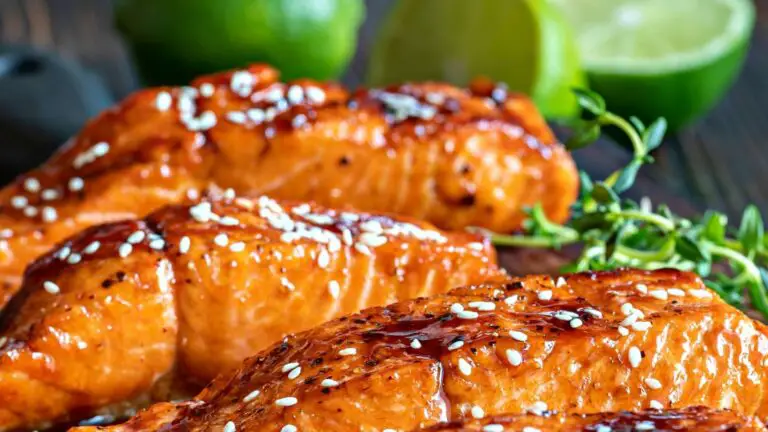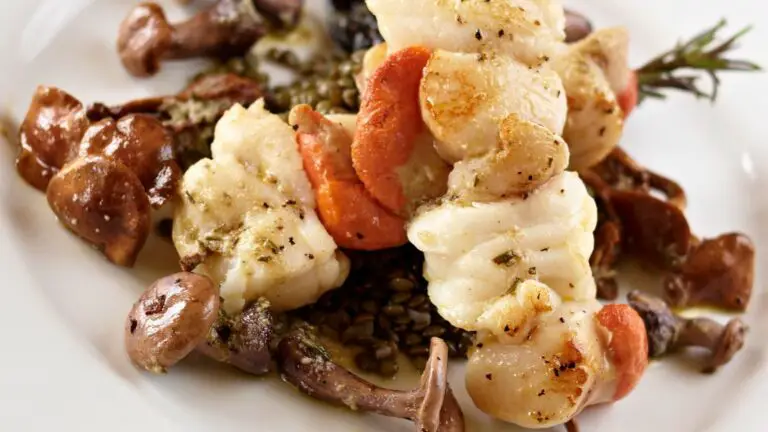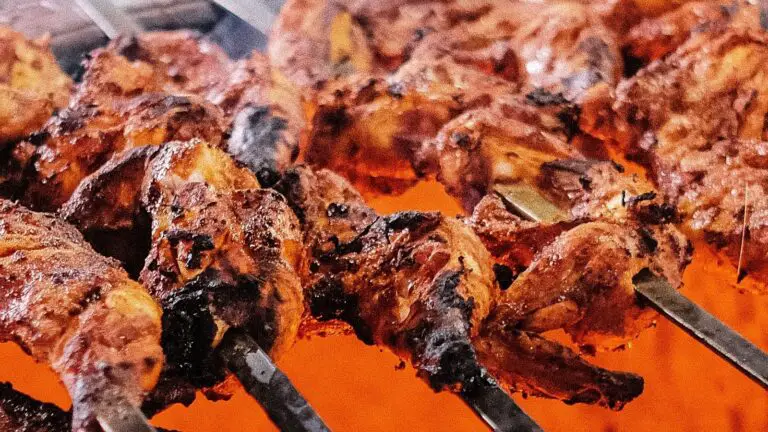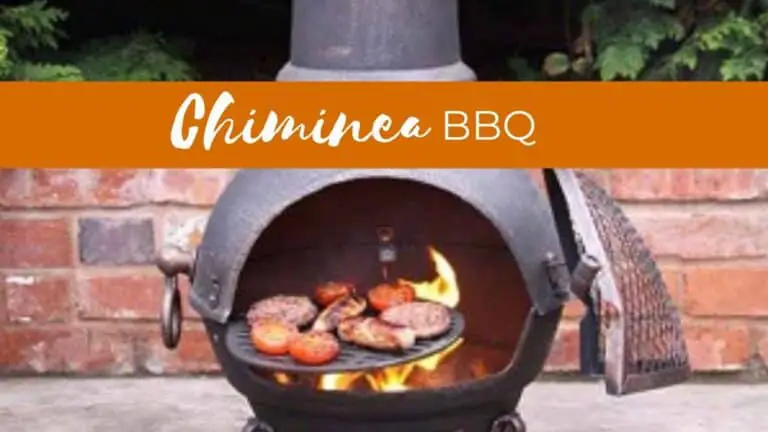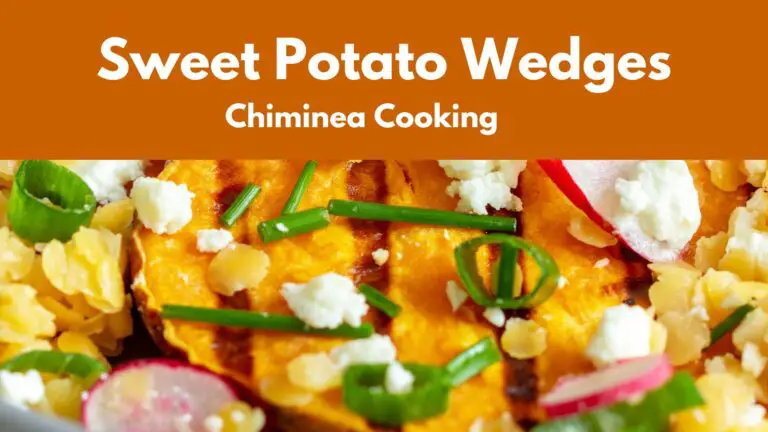Chiminea Cooking Hints and Tips
The chiminea’s unique shape and design make it a popular choice for outdoor cooking, as it can provide both heat and a cooking surface. However, there are a few hints and tips that can help you get the most out of your chiminea and ensure that your food is cooked to perfection.
First and foremost, it’s important to properly season your chiminea before using it for cooking. This will help to prevent the clay or cast iron from cracking and ensure that it is able to withstand the high temperatures necessary for cooking.
To season your chiminea, simply heat it up gradually over the course of several hours, starting with a low heat and gradually increasing the temperature. This will help the clay or iron to expand and contract evenly, reducing the likelihood of cracking.
Check this article for a more in-depth guide to seasoning your chiminea.
Once your chiminea is properly seasoned, you can begin cooking with it. One of the benefits of a chiminea is that it can be used for various cooking methods, including grilling, roasting, and even baking. To grill food on a chiminea, simply place your food on the cooking grates and adjust the height of the grates to control the heat.
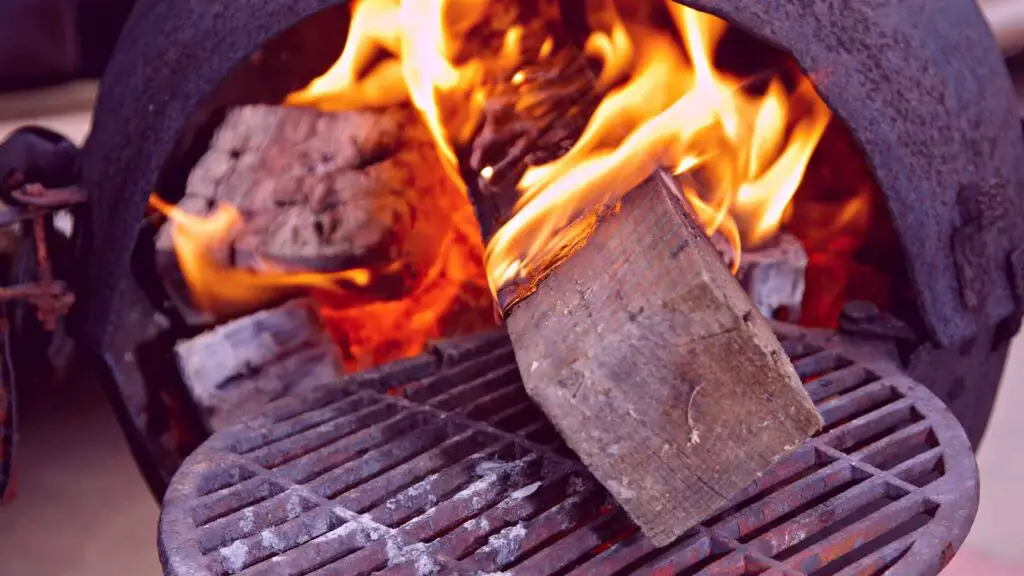
For roasting, you can place your food directly on the cooking surface or in a roasting pan. And for baking, you can use the chiminea as a traditional oven by placing your food in a baking dish and placing it on the cooking surface.
Another important tip for cooking with a chiminea is to use the right type of fuel. The most common fuel for a chiminea is wood, but you can also use charcoal or other types of fuel. Just make sure that the fuel you choose is appropriate for the type of cooking you are doing and that it burns hot enough to reach the desired temperature.
When it comes to temperature control, a chiminea can be a bit tricky. Unlike a traditional oven or grill, a chiminea doesn’t have a built-in thermostat, so you’ll need to use a separate thermometer to monitor the temperature. You can adjust the heat by controlling the amount of fuel you use and how frequently you add fuel to the chiminea.
One of the challenges of cooking with a chiminea is that the heat can be uneven, with some areas being hotter than others. To help combat this, it’s important to regularly move your food around the cooking surface and to use a food thermometer to ensure that it is cooked to the proper temperature.
Check out how I made Smores on my Chiminea!
Cooking in the Chiminea Mouth and on Top of the Chiminea Chimney
Cooking in a chiminea typically involves using the mouth of the chiminea, which is the opening at the front of the chiminea, as the primary cooking area. This is where the food is placed and where the heat from the fuel (usually wood) is applied. The mouth of the chiminea is typically equipped with cooking grates that allow the food to be grilled or roasted directly over the heat.
In contrast, cooking on top of the chiminea chimney involves using the top of the chimney as the cooking surface. This can be done by placing a griddle or other flat cooking surface on top of the chimney, allowing you to cook food such as pancakes or eggs directly on the chimney. This method of cooking is often used for foods that require lower heat or more evenly distributed heat, as the heat from the chimney is typically more evenly distributed than the heat from the mouth of the chiminea.
Overall, the main difference between cooking in the mouth of the chiminea and on top of the chiminea chimney is the source and distribution of heat. The mouth of the chiminea is the primary source of heat and can produce high temperatures, making it ideal for grilling and roasting. In contrast, the chimney is a more evenly heated surface, making it better suited for lower-heat cooking methods such as baking or frying.
Get Cooking
Finally, safety is always a concern when cooking with a chiminea. Make sure to keep flammable materials away from the chiminea and never leave it unattended while it is lit. It’s also important to let the chiminea cool down completely before attempting to move or store it.
In conclusion, cooking with a chiminea can be a fun and enjoyable experience, but it does require some care and attention to detail. By following the hints and tips outlined above, you can ensure that your food is cooked to perfection and that your chiminea is used safely and properly.
Next, check out my chiminea cooking section.



